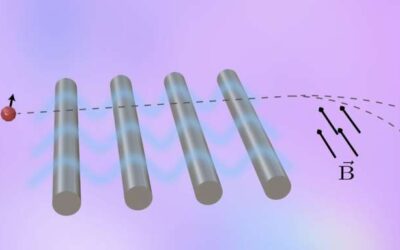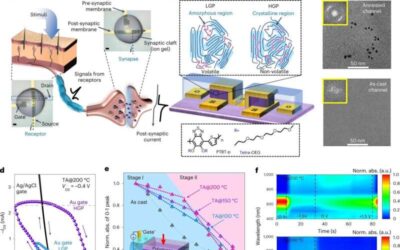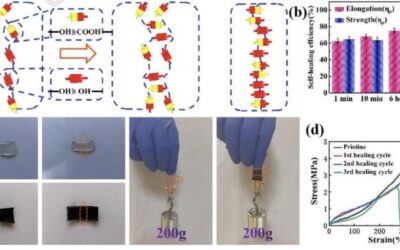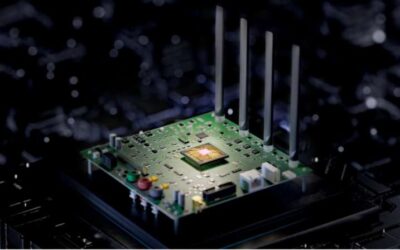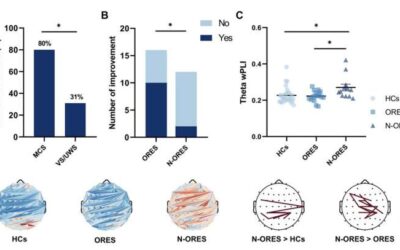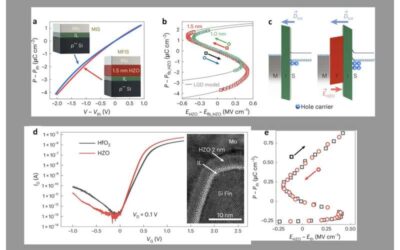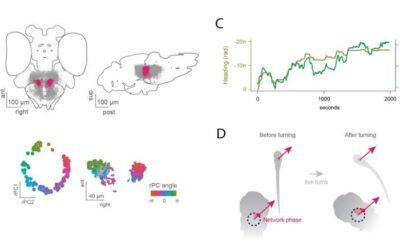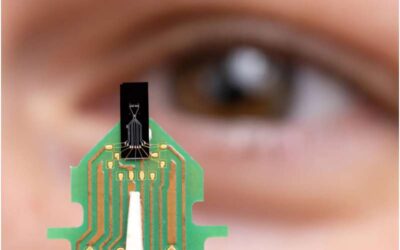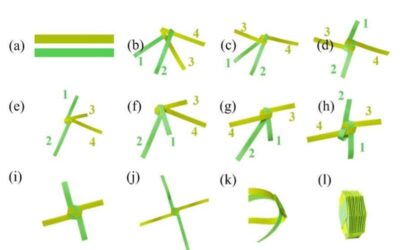Work
A plant-inspired controller that could facilitate the operation of robotic arms in real-world environments
Many existing robotics systems draw inspiration from nature, artificially reproducing biological processes, natural structures or animal behaviors to achieve specific goals. This is because animals...
An optical method to polarize free electrons in a laboratory setting
Polarized electrons are electrons in which spins have a "preferred" orientation or are preferentially oriented in a specific direction. The realization of these electrons has notable implications...
An organic electrochemical transistor that serves as a sensor and processor
In recent years, electronics engineers have been trying to develop new brain-inspired hardware that can run artificial intelligence (AI) models more efficiently. While most existing hardware is...
A conductive self-healing hydrogel to create flexible sensors
A new approach to realize parallel in-memory wireless computing
Advanced communication technologies, such as the fifth generation (5G) mobile network and the internet of things (IoT) can greatly benefit from devices that can support wireless communications while...
Are the olfactory responses of patients in a coma or vegetative state signs of consciousness?
Severe brain injuries or head traumas in humans can lead to various stages of so-called disorders of consciousness (DoC). These are states in which consciousness is either partly or entirely absent,...
Study demonstrates the potential of ferroelectric hafnia for developing low-power logic devices
Transistors, semiconducting devices that regulate, amplify and generate the flow of electrical current, are central components of most electronics. Electronics engineers have been trying to develop...
A neuronal network that represents the direction in which zebrafish are traveling
Past studies have found that the brains of some animals generate representations of the direction in which they are headed. For instance, the heading direction of insects is represented by the...
An adaptive artificial cochlea that could enhance the performance of hearing aids
In recent years, electronics engineers have developed a wide range of systems inspired by human and animal biology. By closely replicating complex biological processes, these systems could...
A worm-inspired robot based on an origami structure and magnetic actuators
Bio-inspired robots, robotic systems that emulate the appearance, movements, and/or functions of specific biological systems, could help to tackle real-world problems more efficiently and reliably....


